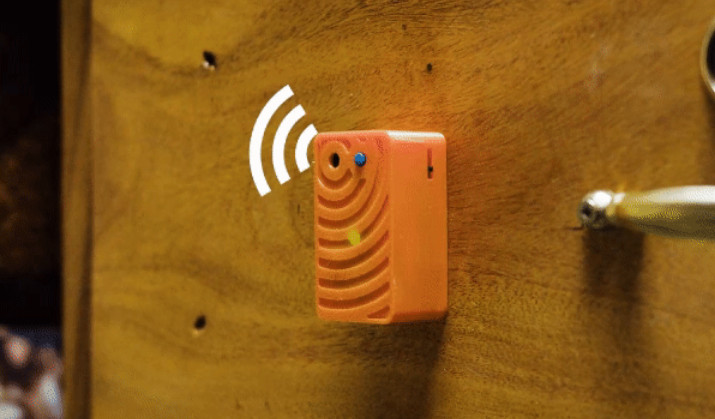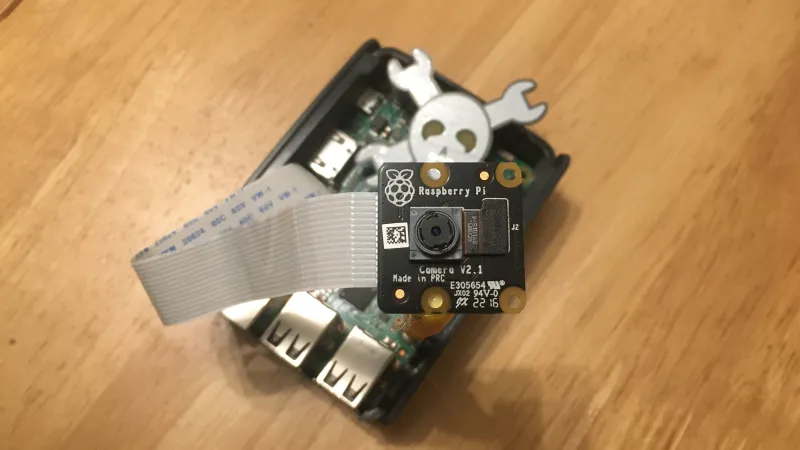A strain of malicious software was activated on Android smartphones only when the infected phone was moved, according to research published by security vendor Trend Micro. The malware came embedded in seemingly legitimate apps Currency Converter and BatterySaverMobi, which were available in the Google Play Store, Trend Micro said Thursday. Once downloaded, the malware sought to avoid detection by monitoring the motion sensor on victims’ devices. The logic seems to be that if a hacked phone was moving, the device probably wasn’t a research tool being used by a security company trying to detect malware, researchers said. “As a user moves, their device usually generates some amount of motion sensor data,” the company explained in a blog post. “The malware developer is assuming that the sandbox for scanning malware is an emulator with no motion sensors, and as such will not create that type of data. … If it senses that […]
The post Sneaky motion-detection feature found on Android malware appeared first on CyberScoop.
Continue reading Sneaky motion-detection feature found on Android malware→


